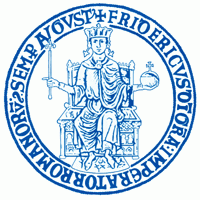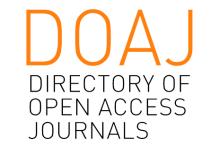Resource information
The Barcelona metropolitan region is composed of 164 municipalities distributed over an area of about 3234 sq km with a population of 5 million inhabitants. In the last decades, the growth of metropolitan region has been characterized by some critical problems: high land occupation, dispersed occupation of the territory, low building density, considerable fragmentation and high specialization (residential developments, commercial centers, industrial areas, etc), growing social segregation.
The sprawl, together with changes in economic and social structure, caused a loss of landscape and environment values in the territory, a reduction of natural areas, involving an increase in consumption of resources.
The sprawling development was already evident in the early 1970s, and a study of dynamic of the sprawl was conducted to show the main features of this process. The morphology of discontinuity, fragmentation and heterogeneity are common features of the metropolitan regions in Southern Europe. The changes from the traditional compact city to a dispersed one caused important effects in the functioning of the territories and in the lifestyles of their users.
The main problems addressed by the plan have been identified in the sprawl, the territorial fragmentation and the growing social segregation.
The adoption of the Barcelona Metropolitan Plan is a notable innovation in the scenario of spatial planning and urban policies in Catalonia. In fact, the PTMB, that comes to close more than 40 years of controversy and failed attempts, presents some aspects of particular interest and represents a planning tool providing a methodology for administrative and political management for the future.
The plan has been proposed by regional government in concert with municipalities through an interesting participatory process that has secured a broad consensus.
The plan structure founded on three main systems: Open Spaces, Settlements and Infrastructures; all of them providing strategic solutions and detailed analysis of the different parts of territory , in order to reach a balanced future asset.



